УДК 638.157
В ульях медоносных пчел (Apis mellifera) обитают более 325 видов клещей, и на сегодняшний день этот список не окончательный.
Влияние каждого вида клеща на жизнь пчелиной семьи неодинаково. Однозначную опасность представляют лишь несколько видов, являющихся паразитами. Это акариформные клещи родов Acarapis (A. woodi, A. dorsalis, A. externus) и Pyemotes (P. ventricosus), а также паразитиформные виды рода Tropilaelaps (T. mersedesae, T. clareae) и Varroa (V. destructor). Данные вредители хорошо изучены, известны и методы лечения распространяемых ими заболеваний (акарапидоз, пиемотоз, варроатоз)…
В связи с обнаружением на территории России тропилелапсоза — нового карантинного заболевания медоносных пчел — участились случаи обращений пчеловодов, обнаруживших в ульях клещей, напоминающих Tropilaelaps spp. — возбудителя данного заболевания. Однако в ульях можно встретить несколько сотен видов клещей, не представляющих опасности для пчел.
В статье приведены характерные особенности наиболее распространенных клещей отряда Mesostigmata из пчелиных ульев: Varroa destructor, Tropilaelaps clareae, T. mercedesae, Parasitellus fucorum, Melittiphis alvearius, Macrocheles spр., Androlaelaps casalis. Описана их связь с медоносными пчелами. Своевременная идентификация клещей Tropilaelaps spp. позволит вовремя назначить лечебные и профилактические мероприятия и предотвратить распространение тропилелапсоза на пасеках.
Ключевые слова: Mesostigmata, тропилелапсоз, варроатоз, симбионты, фауна улья.
В.В. СТОЛБОВА
ВНИИВЭА — филиал ТюмНЦ СО РАН, г. Тюмень
ЛИТЕРАТУРА
1. Брандорф А.З., Ивойлова М.М. Тропилелапсоз: особенности инфестации медоносных пчел в России // Пчеловодство. — 2023. — №6.
2. Гробов О.Ф. Клещи гнезд медоносной пчелы (Apis mellifera L.), их значение и основные принципы борьбы с клещевыми поражениями: дис. … д-ра биол. наук. — М., 1978.
3. Клочко Р.Т., Блинов А.В. О биоценотическом и эпизоотическом статусе клеща Melittiphis alvearius Berlese, 1895 // Пчеловодство. — 2015. — №10.
4. Определитель обитающих в почве клещей Mesostigmata. — М., 1977.
5. Anderson D.L., Morgan M.J. Genetic and morphological variation of bee-parasitic Tropilaelaps mites (Acari: Laelapidae): new and re-defined species // Experimental and Applied Acarology. — 2007. — V. 43. DOI:https://doi.org/10.1007/s10493-007-9103-0.
6. Emmerich I.U., Christian A. Parasitellus fucorum im Gemüll von Apis mellifera — Gefahr der Verwechslung mit Tropilaelaps spp. // Tierärztliche Praxis Ausgabe G Großtiere / Nutztiere. — 2021. — №49 (01). DOI: https://doi.org/10.1055/a-1320-9289.
7. Klimov P.B., O′Connor B., Ochoa R., Bauchan G.R., Redford A.J., Scher J. Bee Mite ID: Bee-Associated Mite Genera of the World. — 2016. https://idtools.org/tools/4/.
СВЕДЕНИЯ ОБ АВТОРЕ:
Столбова Виктория Владимировна, мл. науч. сотр., аспирант ТюмГУ, e-mail:
MESOSTIGMATA MITES AND THEIR ROLE IN BEE HIVES
V.V. Stolbova
Tropilelapsosis, a new quarantine disease of honey bees, has been discovered in Russia. Nowadays, there are more frequent cases of requests from beekeepers who find mites in their hives that resemble the causative agent of Tropilaelaps spp. However, several hundred other species of mites can be found in honey bee hives that do not pose a threat to the bees. The article presents the characteristic features of the most common mites of the order Mesostigmata from beehives — Varroa destructor, Tropilaelaps clareae, T. mercedesae, Parasitellus fucorum, Melittiphis alvearius, Macrocheles sp., Androlaelaps casalis. The description of their relationship with honey bees is given. Timely correct identification of Tropilaelaps spp. mites will allow timely prescribing of therapeutic and preventive measures and help prevent the spread of tropilelapsosis to apiaries.
Keywords: Mesostigmata, Tropilaelaps mites, varroosis, symbionts, beehive fauna.
- ВКонтакте
- РћРТвЂВВВВВВВВнокласснРСвЂВВВВВВВВРєРСвЂВВВВВВВВ
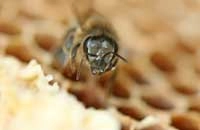
Линия для универсального корма…
июль 7, 2015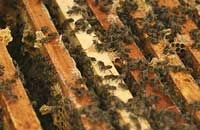
Избавился от аскосфероза…
март 26, 2015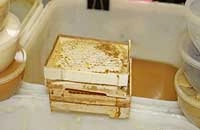
Деревянные мини-рамки
фев 25, 2015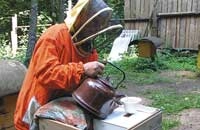
Влияние подкормок на пчел перед зимовкой…
окт 8, 2014
Мой опыт борьбы с аскосферозом…
сен 26, 2021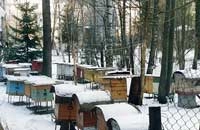
Зимовка пчел вопрос решенный…
сен 30, 2015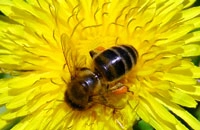
Пчеловоды живут надеждой…
фев 6, 2021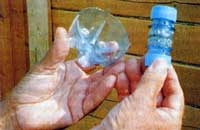
Самодельные колпачки и клеточки…
дек 6, 2015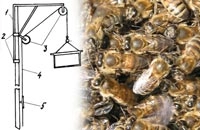
Чтобы снять рой
июнь 30, 2016
Пищевые дикоросы — наше богатство…
июль 17, 2019
Устройство для содержания пчел…
апр 18, 2016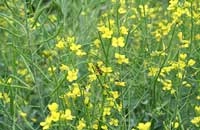
Медонос рапс
сен 10, 2015
Об исправлении семей с пчелами-трутовкам…
авг 6, 2015
Воспроизводство среднерусских пчел в изм…
авг 16, 2014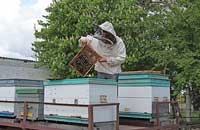
Специалисты Кубани предлагают…
фев 26, 2015


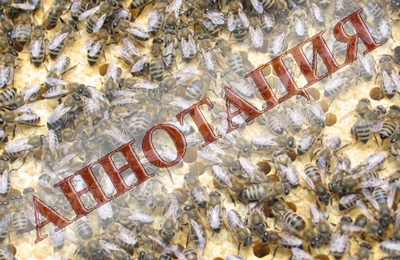


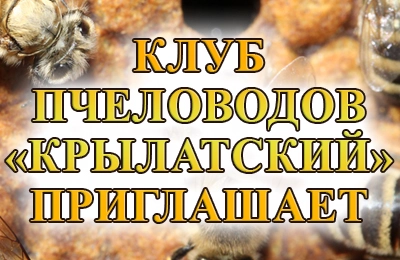
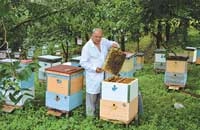


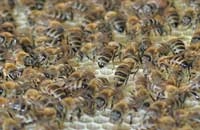
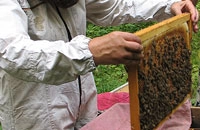

 Адрес редакции журнала "Пчеловодство":
Адрес редакции журнала "Пчеловодство":



